The evil eye peering through the keyhole, the man with a dagger raised, the sneer of a woman’s scarlet-painted lips. Cue the sinister music: we’re talking about villains, antagonists and anti-heroes.
These nefarious characters, with their dark intentions and sinister deeds, play an indispensable role in shaping the narrative of a story, challenging protagonists, and captivating us as readers and audiences. But what exactly defines a villain, and why are they such compelling figures in fiction?
Let’s take a deep dive into villainy.
What or who is a villain?
A villain is an antagonist, i.e. a character who opposes the protagonist and stands in the way of their goals. Villains are typically depicted as morally reprehensible individuals who embody evil, cruelty, or malice.
Villains actively oppose the protagonist and serve as the primary source of conflict in the story. Their actions drive the plot forward and create tension and suspense.
However, while villains are generally depicted as evil, despicable beings, it’s worth remembering that some stories will also show why they are so, and some may even show a more nuanced look at their villainy. Or, some writers will show that that a villain has a good side, or that only a part of them is evil. There are shades of grey, sometimes, even when it comes to villainy.
Some characteristics of a villain include malevolence. They are recognized by their malicious intent and willingness to commit immoral or heinous acts to achieve their goals. They may derive pleasure from causing harm or exerting control over others.
Unlike antiheroes who may exhibit empathy or compassion, villains often lack empathy for their victims and view them as expendable obstacles to be overcome.
Static or flat characters
Before we go further, though, it’s useful to briefly define static characters, which is what villains sometimes are, although, again, not always.
A static character is in opposition to a rounded or dynamic character.
Also known as three-dimensional characters, a dynamic or round character in fiction has an arc involving significant growth or change. This could be in terms of personality, goal and desires and any number of factors.
An example of a rounded character with a ‘touch of villainy’ includes Ebenezer Scrooge from Charles Dickens' A Christmas Carol. Scrooge begins the story as a miserly and cold-hearted old man but undergoes a transformation and learns the importance of compassion and generosity. Scrooge changes through the story, showing that a villain can grow.
In contrast, a static character remains the same throughout the story. They do not experience significant internal change or growth over the course of the story. They typically maintain consistent personality traits, beliefs, and behaviors from beginning to end.
An example would include Bob Ewell in To Kill a Mockingbird by Harper Lee. Bob Ewell is depicted as a mean-spirited, racist, and abusive character who remains consistently antagonistic towards the protagonist, Scout, and her family throughout the novel.
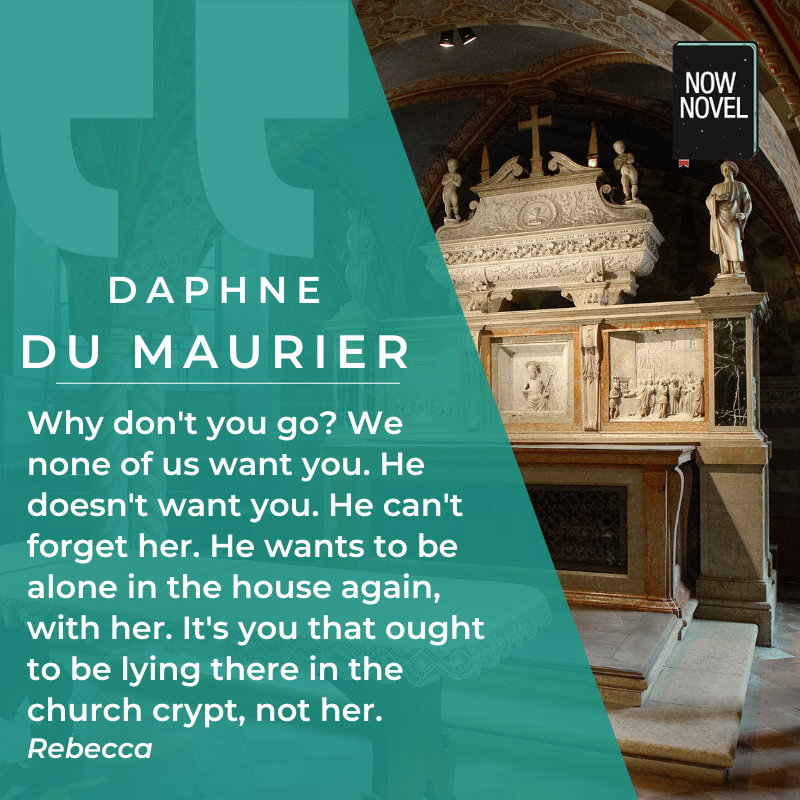
So, when creating characters like villains, it’s important to determine at the outset whether they will be static or dynamic characters. If you want a rounded villain, you might want to delve into their backstory, for instance, and show why they are that way. Read a guide to creating static and dynamic characters.
What are antagonists?
Antagonists, of which villains are but one type, are characters in a story who oppose or conflict with the protagonist, the main character or characters at the center of the story. They serve as obstacles to the protagonist's goals, creating tension and driving the narrative forward.
As discussed, the evil villain, who works against the protagonist, is one type. They may have selfish motives, seek power or control, or simply enjoy causing harm. Think Count Dracula in Dracula by Bram Stoker. Dracula is a centuries-old vampire who preys upon innocent victims in Transylvania and later in England.
However, foils are also antagonists. Foil characters contrast with the protagonist, highlighting their strengths and weaknesses through their own traits and actions. While foils may not necessarily be villains, they still create conflict or challenge the protagonist in some way. Let’s go to Shakespeare for an example here. Looking at the tragedy, at Mercutio and Romeo, Mercutio serves as a foil to Romeo.
Mercutio is outgoing, witty, and brash, while Romeo is more introspective, romantic, and melancholic. Mercutio's lively and humorous nature contrasts with Romeo's more serious and lovesick demeanor. Mercutio’s cynical nature finds him mocking love, and skeptical in regard to fate and destiny, in contrast to Romeo’s passionate feelings towards Juliet, and his belief in destiny. Witness his ‘star-crossed lovers’ speech which shows his belief that he and Juliet were fated to be together:
From forth the fatal loins of these two foes, A pair of star-cross'd lovers take their life.
In the end Mercutio's impulsive and confrontational nature leads to his death, which serves as a turning point in the play. His death motivates Romeo's subsequent actions and intensifies the conflict between the Montagues and Capulets.
Bear in mind, too, that an antagonist may also be, not a specific character but rather a force of nature, societal norms, or external circumstances that the protagonist must overcome.
Antagonists who are villains
Some examples of antagonists who are villains include:
- Mrs. Danvers from Rebecca by Daphne du Maurier. Mrs. Danvers is the sinister housekeeper of Manderley who harbors an unhealthy obsession with the deceased Rebecca, the first wife of Maxim de Winter. She torments the protagonist, the second Mrs. de Winter, and tries to drive her to madness.
- The White Witch (Jadis) in The Chronicles of Narnia series by C.S. Lewis. The White Witch is a powerful sorceress who usurps the throne of Narnia and plunges the land into eternal winter. She rules with an iron fist and is feared by the inhabitants of Narnia.
- Uriah Heep in David Copperfield by Charles Dickens. Uriah Heep is a scheming and conniving clerk who manipulates and exploits others for his own gain. He ingratiates himself with the protagonist, David Copperfield, while secretly plotting to ruin him.
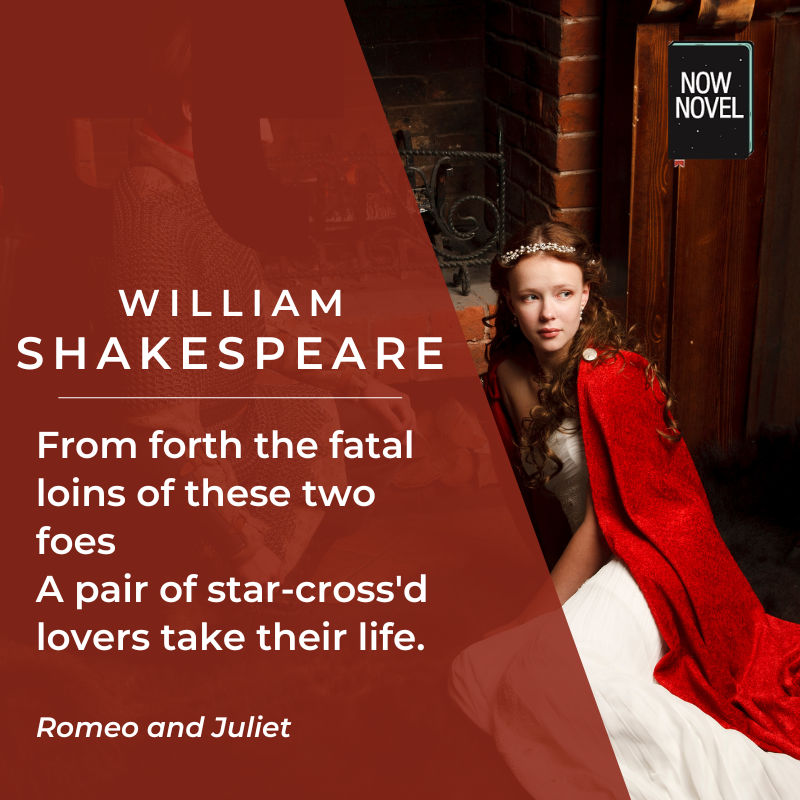
What are anti-heroes?
An anti-hero is also in opposition to the main protagonist and lacks heroic or moral properties, or are morally ambiguous or contradictory possessing traits that are villain-like. But they are not full-on villains. They may be motivated by revenge against those who have wronged them, sometimes settling scores through violent ends, or by self-preservation, engaging in morally dubious actions out of necessity or to ensure their own safety. They may pursue their own goals at the expense of others, or be isolated loners. As we can see, these can be fully rounded characters, with relatable motivations and can add real depth to the story you’re telling. They sometimes navigate morally gray areas – which is certainly relatable!
Despite their flaws, some anti-heroes are motivated by a desire for redemption or personal growth. They may seek to atone for past mistakes or find a sense of purpose in doing the right thing, even if their methods are unconventional.
For examples of these characters, think of Clint Eastwood as The Man With No Name in Sergio Leone's Spaghetti Western Dollars Trilogy. Eastwood's character a brooding, morally ambiguous man who rarely speaks.
Another typical anti-hero is that of Tony Soprano from the television series The Sopranos.
Some of the most interesting villains possess motivations, fears, and vulnerabilities that humanize them. Take, for instance, the character of Severus Snape from the Harry Potter series.
Soprano is a New Jersey mob boss who struggles to balance the demands of his criminal enterprise with his responsibilities as a husband and father. Despite his violent and morally questionable actions, Tony is depicted as a multifaceted character with moments of vulnerability and introspection, with audiences relating to him. Is he a villain? That’s the question, and undoubtedly he does some awful things, but then there’s that other side of him. He’s certainly a morally gray character.
There’s also Lisbeth Salander from Stieg Larsson's series, such as The Girl with the Dragon Tattoo. Lisbeth Salander is a computer hacker with a troubled past who takes justice into her own hands. She is fiercely independent, resourceful, and unapologetically confrontational, often resorting to extreme measures to protect herself and others.
Why write these types of characters?
So, why write villains? As we have explored, villains are in opposition to the main protagonist and serve to propel the narrative forward. They can serve as foils to the main character, and can provide morally interesting characters as when portraying an anti-hero.
But let’s take this further.
As stated above, some of the most interesting villains possess motivations, fears, and vulnerabilities that humanize them. Take, for instance, the character of Severus Snape from the Harry Potter series. Initially portrayed as the quintessential antagonist, Snape's backstory gradually unfolds, revealing his tragic past, unrequited love, and internal struggles. This complexity adds layers to his character, blurring the lines between good and evil. JK Rowling has said that this character was a 'gift to write'. She describes him as an anti-hero:
He is not a particularly likeable man in many ways. He remains rather cruel, a bully, riddled with bitterness and insecurity and yet he
loved, and showed loyalty to that love and, ultimately, laid down his life because of it. That’s pretty heroic!
His heart breaking backstory has been praised as well characterised by critics. Reading or seeing him portrayed on screen can serve to make readers think further on Snape’s choices and character, perhaps even relating this to their own motivations at times, or those they know.
Which leads onto the next point, that villains serve as reflections or mirrors of humanity. We all have aspects of ‘villainous’ behavior in us, and there are few among us who haven’t done something which we’re ashamed of. Degrees, differ, of course. Reading or watching villains doing such deeds can not only reflect that reality back at us, but make us reflect on behaviors and motivations for doing such deeds.
As above, anti-heroes are interesting characters, often rebels who defy societal norms, rules, or expectations. They may challenge authority, question the status quo, or reject conventional morality. They are often under-dogs, and people like to root for under-dogs. It can be a challenge to write a morally ambiguous character and still have readers rooting for them – but doing so can add depth to your story. It’s also a chance to explore complex moral and philosophical questions in your writing.
Some genres naturally include villains – a crime novel wouldn’t exist without a villain or 10. The capturing of a killer, for instance, naturally brings such a story to a close. It also serves to provide catharsis and resolution. Life isn’t always so neatly wrapped up – but if you’re reading a mystery, you expect that order will be restored, and this makes for a satisfying read.
Villains can also serve as placeholders for symbolism and allegory. There are times that writers can’t freely express themselves – such as when in living in dictatorships or in other repressive regimes. In this case, villains can embody larger societal or philosophical concepts, serving as symbols or allegorical representations of real-world issues. Writers can comment on issues such as greed or corruption, or the dangers of absolute power. George Orwell does this famously in his satirical novella, Animal Farm. Published in 1945, it’s a political fable about Stalinist Russia and Stalin’s betrayal of the revolutionary ideals of 1918.
If you’re interested in writing compelling, and relatable villains, have a read of our in-depth post on antagonists. Also read about how to write villainous characters who feel real. And try your hand at creating complex characters. You may also like to read our detailed look at 12 Jungian character archetypes.





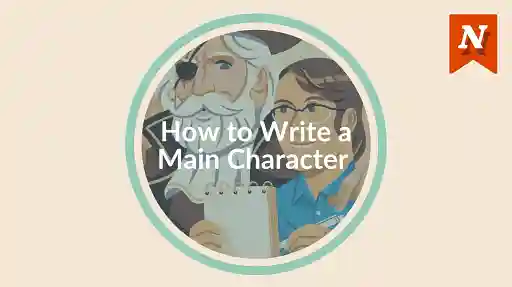
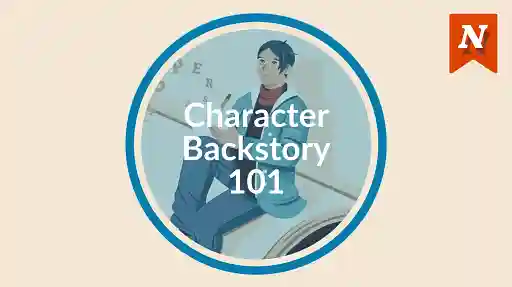
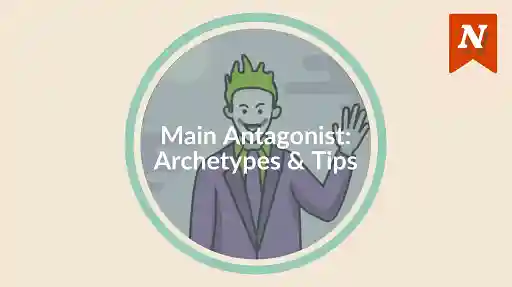
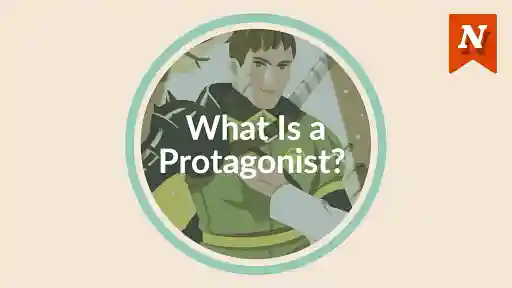


A most interesting and thought-provoking post. I need to think about my next antagonist with these points in mind.
V.M. Sang - 12 months ago
Thanks so much for your comments. Glad to hear that it was thought-provoking!
Arja Salafranca - 12 months ago
Speaking of Lisbeth Salander in "The Girl with the Dragon Tattoo", Stieg Larsson wrote a brilliant trilogy on this character.
Todd Hicks - 11 months ago
Yes, the series is brilliant. And I see a few more volumes were written by Swedish journalist and author David Lagercrantz, after Larssen's death. I find it strange when this happens. But it's also happened to the James Bond books. And there are many Jane Austen-derived novels too.
Arja Salafranca - 11 months ago